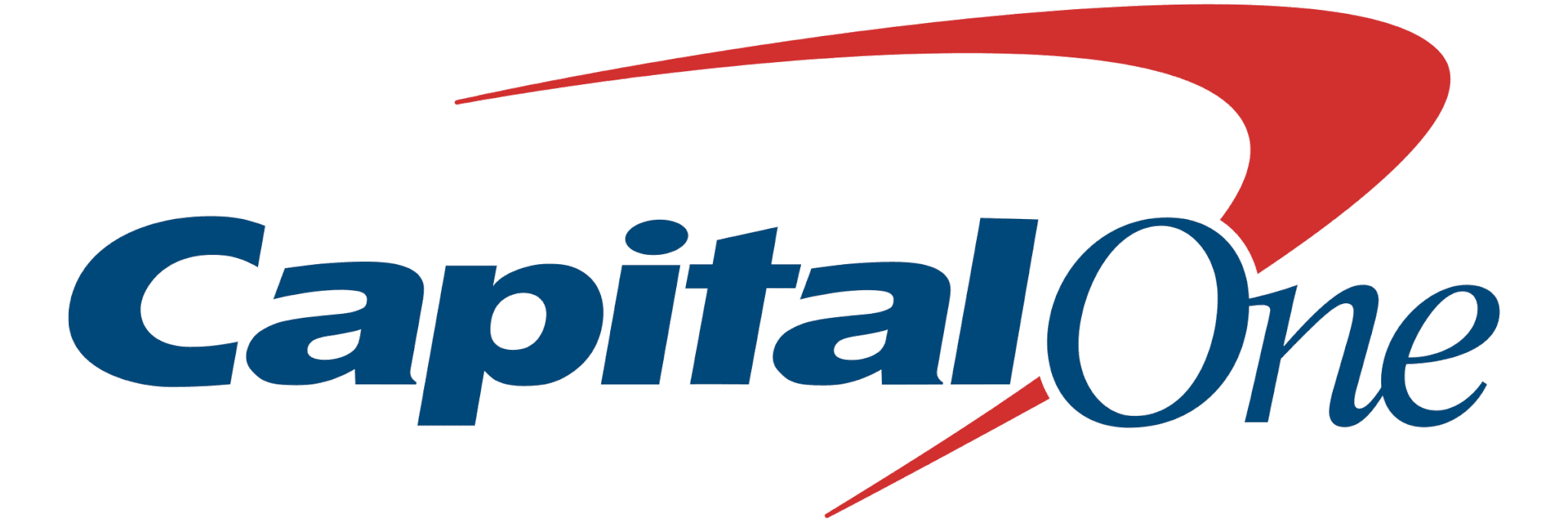Advanced Intelligence to Close Faster, with Confidence
Improve the integrity of financial results by aligning account reconciliations with financial reporting.
Strengthen financial controls with continuous anomaly monitoring and exception management so high-risk items never go unnoticed. Finance teams spend less time chasing paperwork and more time solving meaningful problems.
Replace spreadsheets or standalone accounts reconciliation software solutions with a unified CPM software platform.

Highlights

Proactively Reduce Risk
Strengthen financial controls with continuous anomaly monitoring, proactively surfacing risks, driving process improvements, and delivering insights that protect the business. Finance teams gain flexibility and agility to adapt faster to compliance requirements, and global complexity.

Improve Internal Controls
AI-powered reconciliations help finance shorten the close cycle without sacrificing accuracy. Meet business demands faster, provide earlier visibility to results, and create a complete audit trail of who and when reconciliations were completed and approved.

Accelerate the Financial Close
Shorten the close cycle without sacrificing accuracy. With Account Reconciliations unified with transaction matching, journal entry management, and consolidations, you accelerate the close process. Shifting from a high-stress, end-of-month scramble to a seamless, daily, more continuous close.
Delivering 100% Customer Success
“The OneStream platform is now core to McCain Foods Limited – uniting consolidation, planning, tax and analysis teams. OneStream Services’ strong leadership and technical knowledge was instrumental in our successful implementation. Their ability to actively listen to our goals and objectives and interpret during the design phase allowed us to create a system not only to satisfy our immediate needs, but to address our future needs.”
Richard N. Burton
McCain Foods

Risk-Based Reporting
Deliver Risk Management Reporting on your balance sheet with continuous anomaly monitoring, exception management, and a complete statistical picture of the quality of your financial statements.
- Proactively surface anomalies and exceptions, and view the status of all high-risk reconciliations as they relate to your financial reports..
- Understand the quality score of your financial reports.
- Gain more confidence in your results and achieve true risk management.
Drill-to-Reconciliation
OneStream is the only solution that can provide a link from reported balances to reconciled accounts. Drill-to-Reconciliation instantly from your financial reports in one unified system.
- OneStream allows you to drill from your Balance Sheet directly to the Account Reconciliations.
- Automated alerts to changes to reconciled account balances status ensure confidence that reports are always aligned with reconciliations.


Trial Balance Single-Sourcing
Account reconciliations live together with financial reporting so there is never a disconnect between your financial reports and your account reconciliation process.
- Leverage the same data sources, data mappings, account hierarchies, workflows, and security as actuals.
- Base financial information is collected and handled one time.
- Immediate reconciliation status checks alert users if a previously reconciled balance has changed due to an updated trial balance import.
Related Solutions for Account Reconciliations

SensibleAI Account Reconciliations

Financial Close & Consolidation

Financial Reporting & Analytics Software

Transaction Matching Software
Account Reconciliations Resources

Video | AFL Testimonial - Account Reconciliations
View video
Interactive Solution Brief: Conquering Complexity in Transaction Matching
View solution brief
Account Reconciliations
View videoTake Finance Further.
The only enterprise finance platform that unifies all your operational data, embeds AI for better productivity, and adapts to fit your exact needs.

FAQs About Account Reconciliation Software
Account reconciliation is the process of ensuring financial statement account balances are correct at the end of an accounting period. It’s a process that uses two sets of records to ensure figures are correct and in agreement. And if they are not in agreement, making necessary adjustments or identifying and explaining differences. Account reconciliation is typically performed after the close of a financial period. Accountants review each account in the financial statements and verify that the balance listed is accurate. This often involves comparing the financial statement balance to another source of information – for example comparing the balance for the Cash account to an external bank statement. Other examples of critical accounts that require account reconciliation include:
- Cash and investments – comparing to external bank and investment accounts
- Accounts Receivable – comparing to the AR sub-ledger
- Accounts Payable – comparing to the AP sub-ledger
- Prepaid Expenses – listing the components of the account balance
- Accrued Liabilities – listing the components of the account balance
- Intercompany Payables and Receivables – ensuring they eliminate during consolidation
- Fixed Assets – listing the components or tying out to a sub-ledger
The main reason for performing account reconciliation is to ensure consistency and accuracy in financial reporting. Account reconciliation is especially important and a key internal control for publicly-held companies that need to report financial results to external stakeholders, with detailed audit trails available to back-up all account balances.






